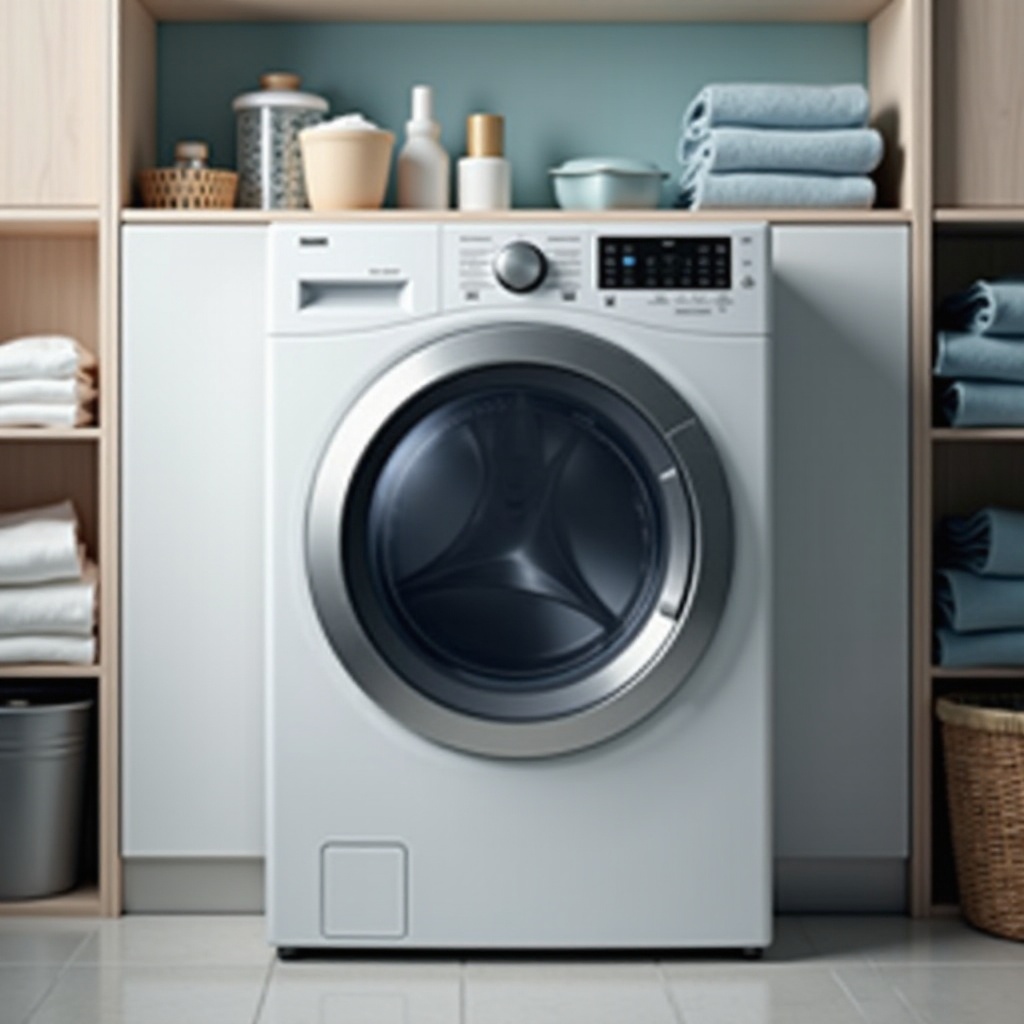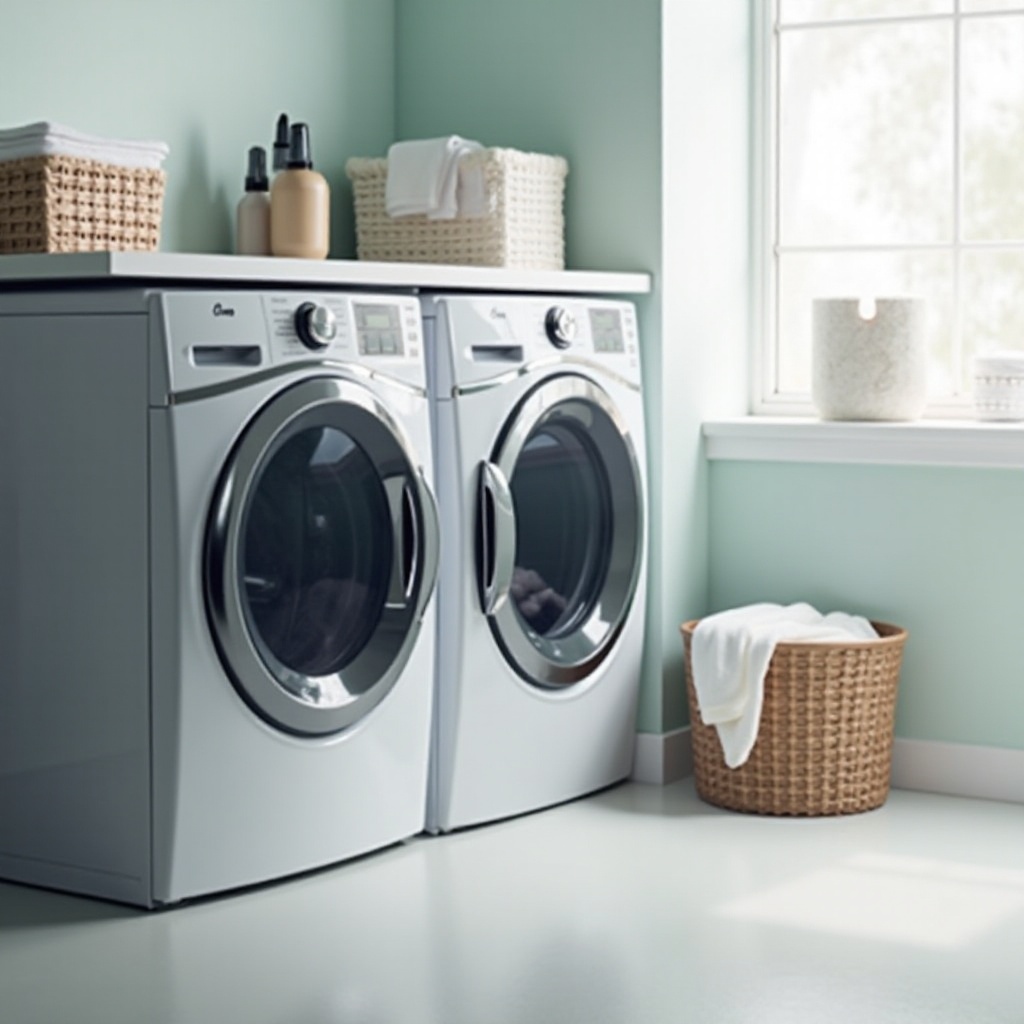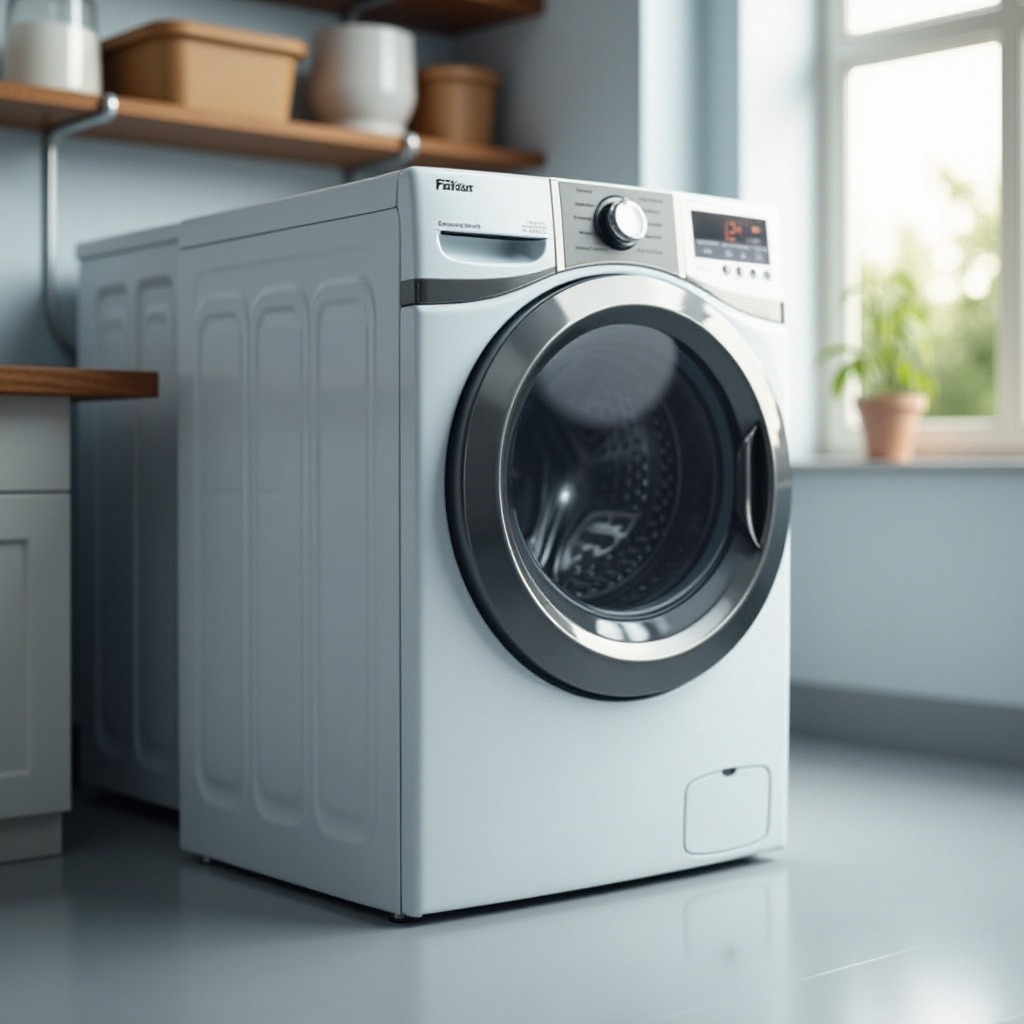Introduction
Owning a Whirlpool Cabrio washer generally means reliable and efficient laundry days. However, even the best washers can encounter issues over time. Understanding common problems and how to fix them can save you both time and money. This guide aims to help you troubleshoot and repair your Whirlpool Cabrio washer, ensuring it continues to perform optimally.

Diagnosing General Issues
Before diving into specific problems, it's essential to diagnose general issues that may arise. These are often the first signs your washer needs attention.
Machine Not Turning On
If your Whirlpool Cabrio washer isn't turning on, start by checking the power supply. Ensure the washer is plugged in and the outlet is working. Verify that the circuit breaker hasn't tripped. If the power supply is fine, check the lid switch, as the washer won't operate if it thinks the lid is open. A multimeter can help you test the switch for continuity.
Trouble Starting the Machine
Sometimes the washer may power on but won't start a cycle. This issue might be due to a faulty start button or control board. If pressing the start button yields no results, consider replacing the button or control board. Additionally, ensure the washer door is firmly closed, as this can prevent the cycle from starting.
Uneven Load Detection Problems
An uneven load can cause the washer to stop mid-cycle. This problem arises when the load is too heavy on one side. Redistribute the clothes evenly in the drum and try restarting the cycle. Using smaller loads can also prevent the machine from detecting imbalance issues.
Once you've addressed these general issues, it's time to explore specific problems and their solutions.
Common Problems and Their Solutions
Whirlpool Cabrio washers are known for their quality, but they can still encounter specific issues. Here's how to tackle some of the most common problems.
Washer Not Spinning
If your washer isn't spinning, several factors could be at play:
- Possible Causes:
- A malfunctioning lid switch.
- A faulty motor coupling.
- Worn-out drive belt.
- Solution Steps:
- Check the lid switch for continuity using a multimeter.
- Inspect the motor coupling for any signs of damage and replace if necessary.
- Examine the drive belt for wear and tear, replacing it if it's worn out.
Washer Not Draining
Drainage issues are another common problem that can disrupt your laundry routine.
- Reasons for Drainage Issues:
- Clogged drain hose or pump.
- Faulty drain pump.
- How to Clear the Drain:
- Disconnect and inspect the drain hose for any blockages and clear any debris.
- Remove the pump filter and clean it thoroughly.
- If the problem persists, consider replacing the drain pump.
Excessive Vibration During Spin Cycle
Excessive vibration can not only be noisy but potentially damaging to your washer and surroundings.
- Identifying the Root Cause:
- Ensure the washer is level on the floor.
- Check the suspension rods and springs for wear.
- Steps to Balance the Washer:
- Adjust the leveling legs to ensure the washer sits evenly on the floor.
- Replace any worn suspension rods or springs.
After addressing these specific problems, it's crucial to understand how to interpret and fix error codes that may appear on your washer's display.

Error Codes and Their Fixes
Whirlpool Cabrio washers display error codes to indicate specific issues. Knowing what these codes mean can help you quickly identify and resolve problems.
Decoding Common Error Messages
Error codes provide valuable insights into what's wrong with your washer.
- F1: Control Board Failure
- Check for loose or damaged wiring connections to the control board.
- Consider replacing the control board if the problem persists.
- F51: Motor Rotor Position Sensor Error
- Inspect the motor and sensor connections.
- Replace the motor rotor position sensor if needed.
- UL: Unbalanced Load
- Redistribute clothes inside the washer drum.
- Ensure the washer is level.
How to Clear Frequent Error Codes
Clearing error codes can be done by resetting the washer.
- Turn off the washer and unplug it from the power source for at least 10 minutes.
- Plug the washer back in and restart the cycle.
- If the error code reappears, consult the user manual for further troubleshooting steps.
Regular maintenance can help prevent many of these error codes from appearing in the first place.
Preventive Maintenance Tips
Preventive maintenance is key to ensuring your Whirlpool Cabrio washer remains in good working condition.
Regular Cleaning and Inspections
- Clean the Washer Drum: Wipe down the drum with a damp cloth to remove any detergent residue or mold buildup.
- Inspect and Clean Hoses: Check the water inlet and drain hoses regularly for any signs of blockages or wear and tear.
Tips to Extend Washer Lifespan
- Use HE Detergent: High-efficiency detergent is designed for your washer and can help prevent excessive suds.
- Avoid Overloading: Stick to recommended load sizes to avoid putting extra strain on the washer components.
These preventive measures will help you avoid many common problems and keep your washer running smoothly.

Conclusion
By understanding and addressing these common Whirlpool Cabrio washer problems, you can save yourself time and money. While some issues can be resolved with simple fixes, others might require professional assistance. Regular maintenance and care will also ensure your washer remains in excellent condition for years to come.
Frequently Asked Questions
What should I do if my Whirlpool Cabrio washer doesn’t spin?
First, check the lid switch for continuity using a multimeter. If the switch is functioning, inspect the motor coupling and drive belt for any damage. Replace any faulty components to restore the spin function.
How can I fix my washer if it's not draining?
Start by checking the drain hose for blockages and clearing any debris. Clean the pump filter, and if the issue persists, consider replacing the drain pump. Regularly cleaning the drain components can help prevent this problem.
How often should I perform maintenance on my Whirlpool Cabrio washer?
Perform a thorough cleaning of the washer drum and hoses every three months. Regularly inspect hoses and connections for wear and tear to ensure optimal performance and longevity.
